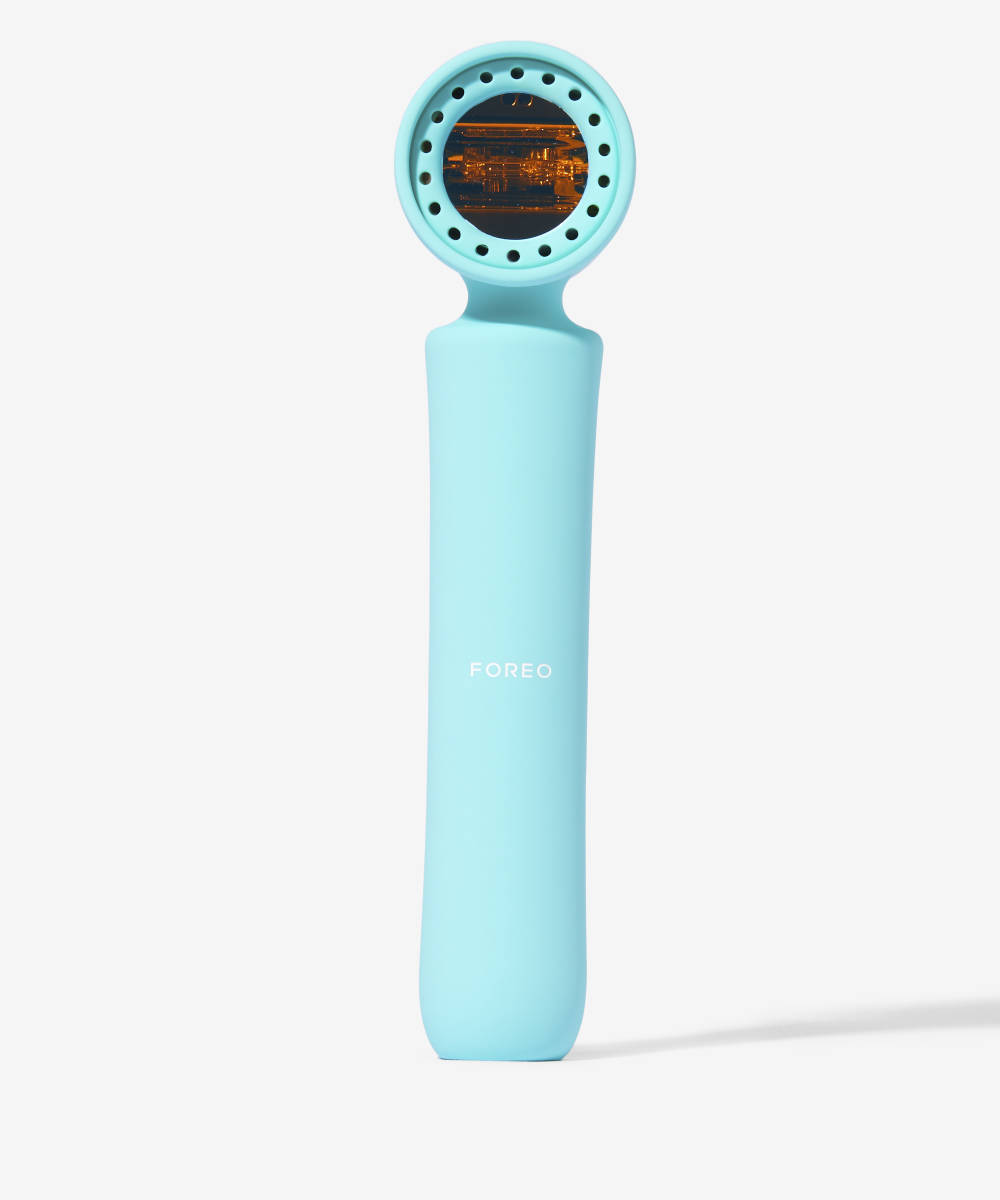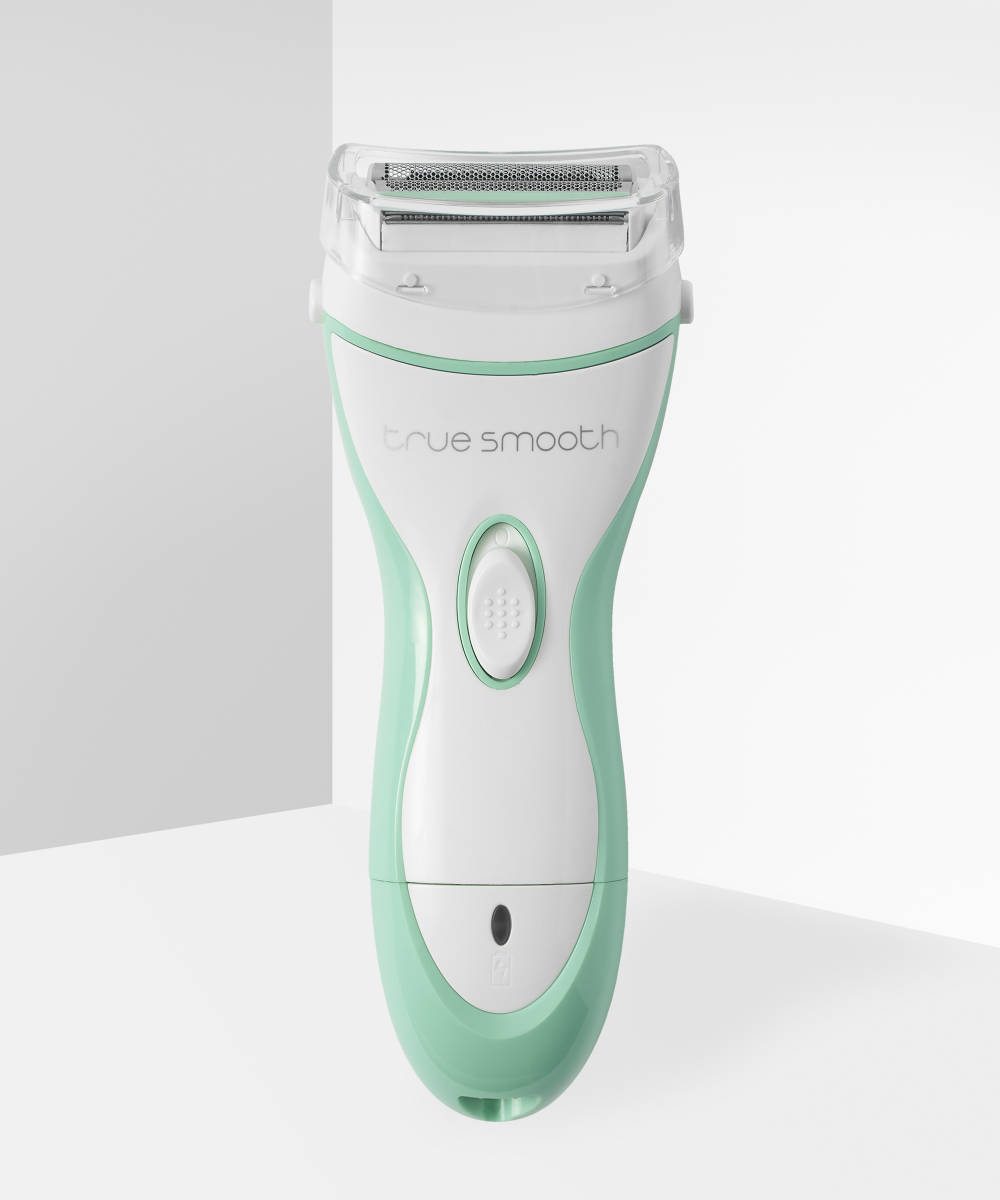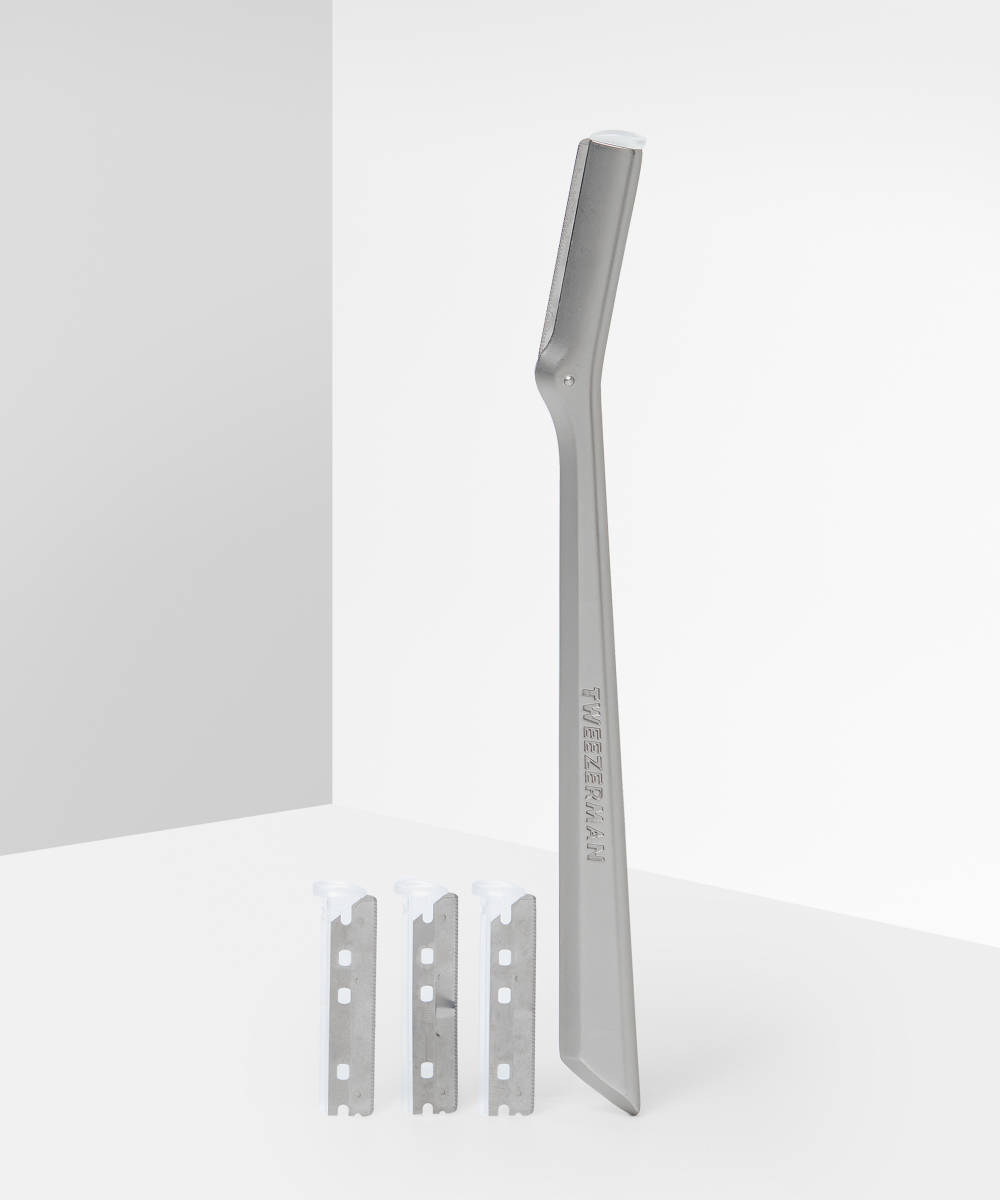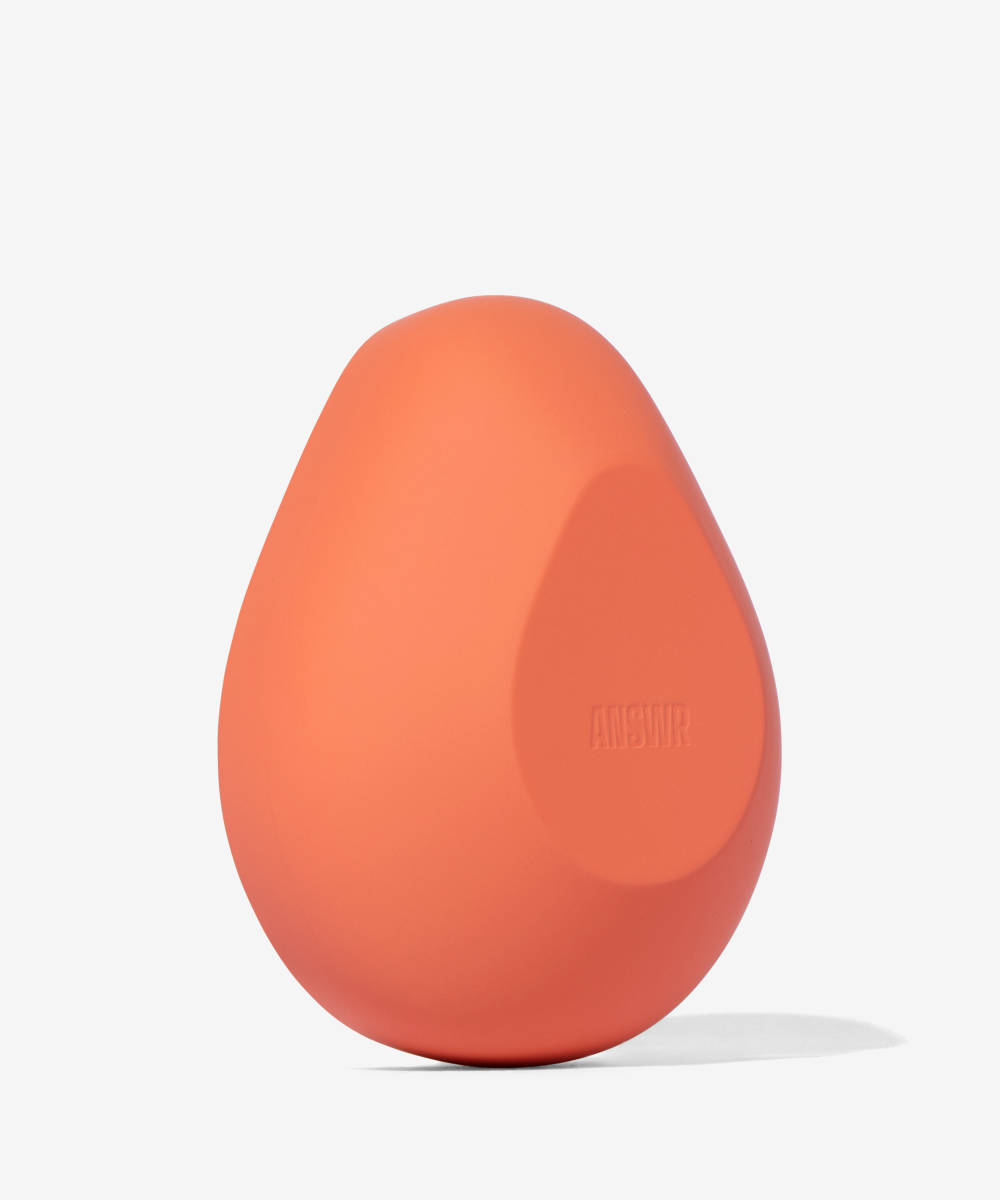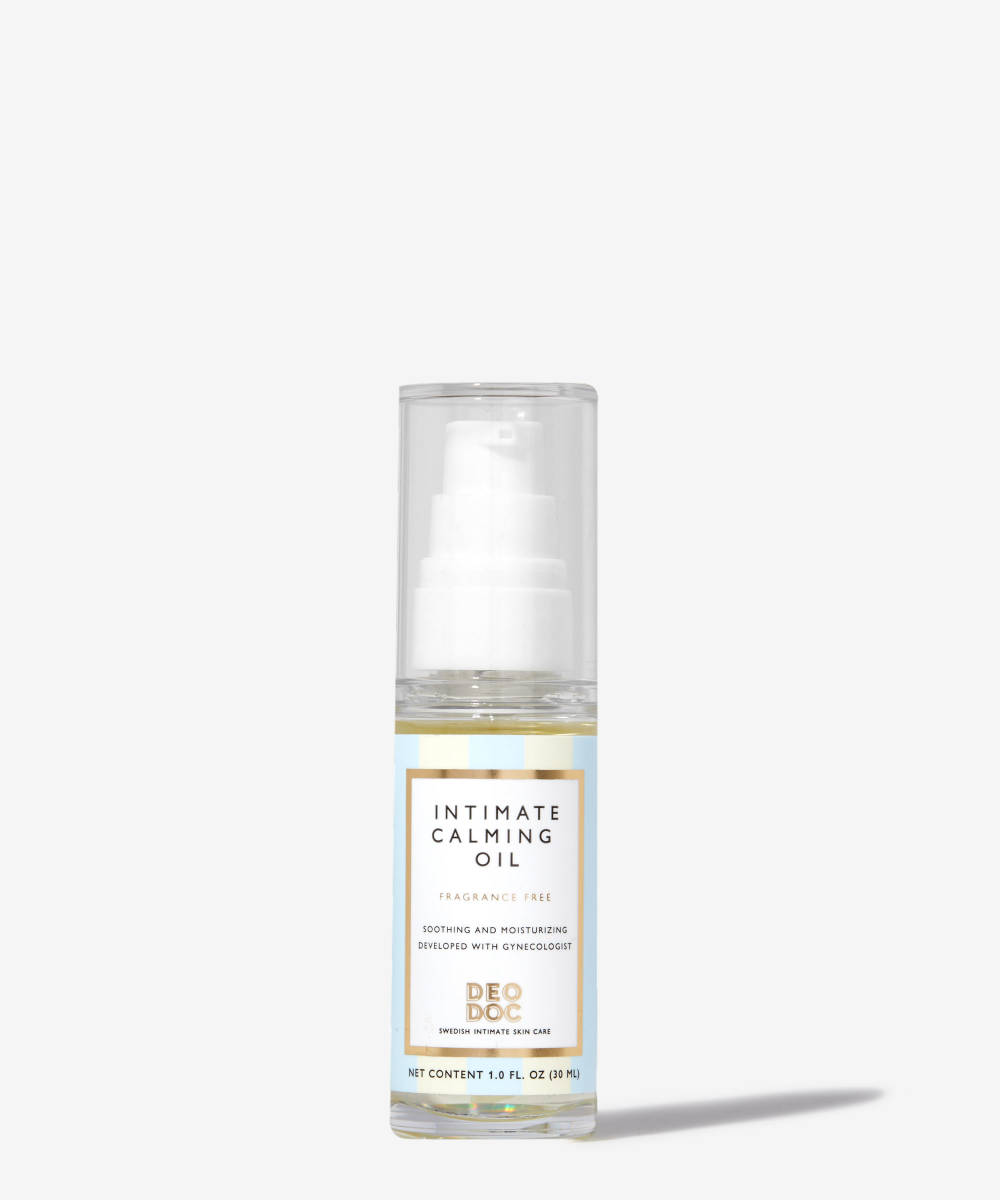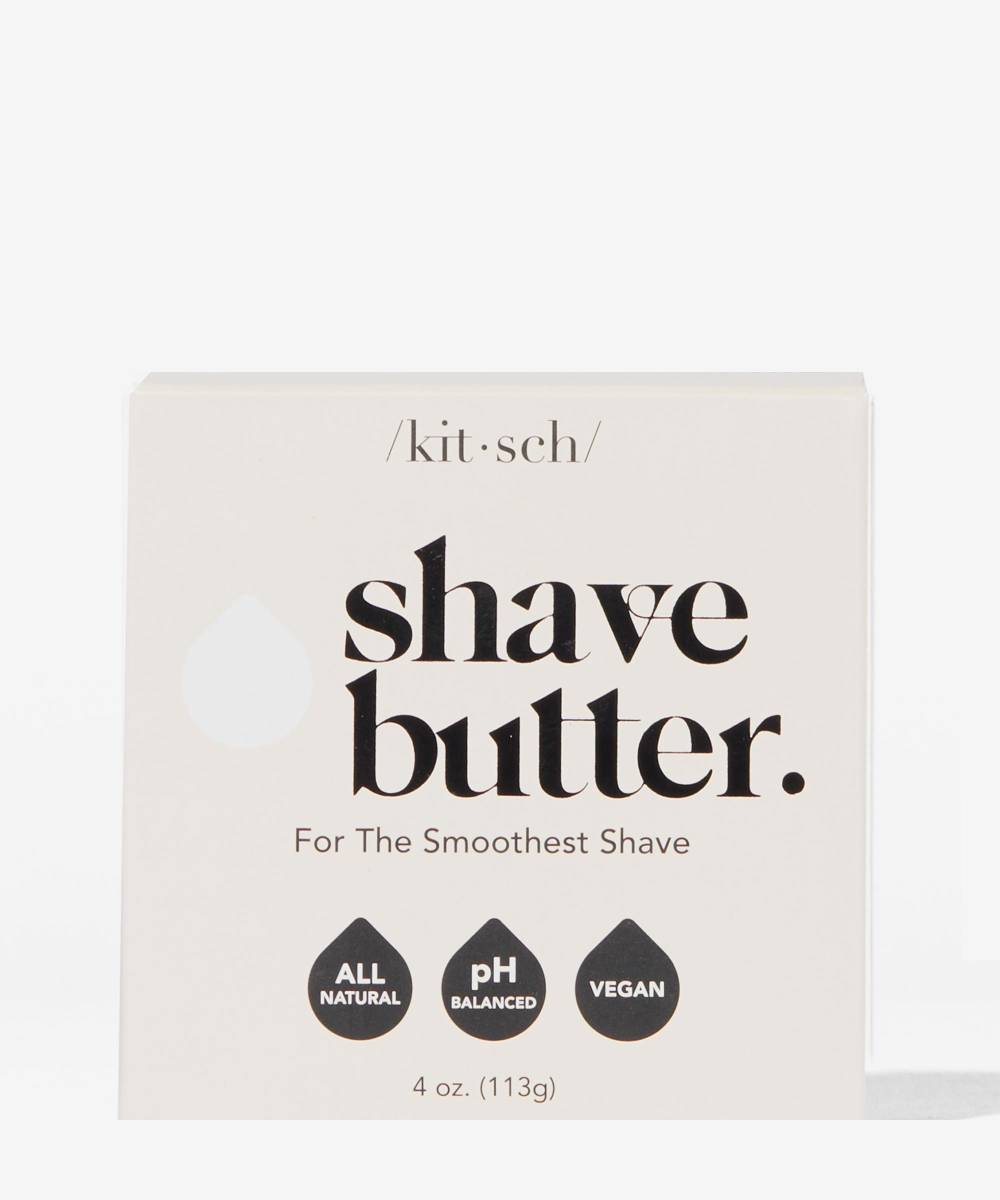For those of us who choose to remove our body hair, it can be a total chore to maintain. The one thing that makes it less or a chore? Products that are quick, easy, safe and effective.
But, as with many products in the beauty category, the choice can be overwhelming so it’s tricky to know what method to go with, especially because hair removal methods (even at home) are getting more expensive. That’s exactly why we’re here to help walk you through four popular at-home hair removal methods: IPL, electrical shaving, manual shaving and exfoliating stones — sharing the pros and cons of them all. So no matter what you’re shaving — from facial hair to pubic hair — read on for our guide on some of the best (and easiest!) hair removal methods at home.
1. IPL
Intense Pulsed Light (IPL) is a treatment that targets hair follicles using light pulses from a fancy-looking flash gun. It works by targeting the melanin (pigment) in the hairs, the light is absorbed and makes the hair follicle enter the resting phase of the hair growth cycle.
It’s completely painless, relatively quick, and super easy to do at home. All you need to do is shave the area you want to remove hair and then go over it with the IPL flashing the area in sections, which takes just minutes. This is especially true with newer products like the Foreo Peach, which has a larger treatment window than others. If you’re waxing or epilating, it’s often recommended to wait 24 hours before using the IPL gun. Most brands require you to use the IPL every 1-2 weeks after shaving and then every 4-8 weeks for touch-ups. Every machine is different so be sure to follow the instructions.
It’s not the cheapest hair removal option, though. The average cost of an IPL gun at home is around £300. Having said that, if you’re consistent with using it, you won’t need to bother with waxing, shaving or epilating as frequently, making it a good investment Plus, with razor prices on the rise, you could be saving money otherwise spent on razors in the long run.
The downside to IPLs is that not all are created equal, or for all skin tones. Due to the way the light pulses work, not all of them work effectively on darker skin tones due to the melanin, so this is something to check prior to purchasing.
2. Electrical Shaving
An electric shaver is pretty much what is says on the tin. They’re rechargeable shavers that have one or more heads and are great at trimming hair. Many of them can be used wet or dry, which is super handy.
Electric shavers won’t give as close a shave as manual razors do, but they’re still great at getting the job done well. Most people prefer electric razors for pubic hair and manual for legs. If you have really sensitive skin or are worried about nicks and cuts, this is a fantastic option. For electric shavers, you don’t need to faff around with shaving foam either, which is a win.
3. Manual Shaving
Manual shaving is still the most popular option out there thanks to being the cheapest and easiest, plus it gets the job done effectively. Manual shaving involves using a razor blade specifically made for the body (you can also get razors for the face too, more on that later) that is carefully pulled across the area you want to shave using water and shaving foam. Although it’s straightforward, there are a few things to bear in mind with manual shaving to get the best results.
The type of razor you use matters. Everyone has a different budget but some razors are better for some skin types than others. For example, if you have super sensitive skin, you’ll benefit from having a razor with moisturising cushion bars on them for extra lubrication. It’s also important to swap your razor out regularly; a rusty, blunt razor won’t do as good a job and causes far more irritation and ingrown hairs. Don’t forget to use a shaving foam either, this avoids dragging the razor.
As for the face, you can use a traditional “men’s” razor, which are often pretty good value and great for coarser hair or stubble. Or, you can use a special facial razor with one small blade used to remove peach fuzz (those fine hairs on the face); this is part of a treatment called dermaplaning that you can also get done professionally. You have to be a little more careful with these types of blades though, otherwise you risk creating micro cuts. As well as having exfoliation benefits, lots of people love to do dermaplaning at home as it makes complexion products sit nicely, giving an incredible glow to skin.
4. Exfoliating
Exfoliating stones are nothing new but they often seem to be having a moment on TikTok. Essentially, they’re stones with a rough (but not too rough) crystal base that when rubbed over the legs in a circular motion remove the hairs and sloughs off dead skin cells at the same time. For those who love it, it’s a much more pleasant experience than shaving or waxing. It’s also the cheapest of the bunch because if you look after it, you won’t need to change the stone as regularly, nor need running water or shaving cream.
Exfoliating as a form of hair removal definitely for everyone though. It can cause irritation to those with sensitive skin and should be avoided at all costs if you have a skin condition like psoriasis and eczema.
Aftercare
One of the most important things when it comes to hair removal at home is aftercare. Proper aftercare reduces overall irritation, razor bumps and those pesky ingrown hairs, too. And it doesn’t have to be complicated — promise! After removing the hair using your chosen method, use a moisturiser or lightweight oil on the area and do so daily (even when not removing hair). This reduces any inflammation and chance of irritation, especially on more sensitive areas like the bikini line. If you’ve got really stubborn ingrown hairs, you can use a gentle chemical exfoliator like salicylic acid to help loosen the hairs; just be sure not to do this on sore or sensitive skin.

